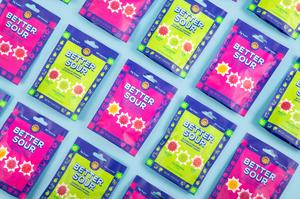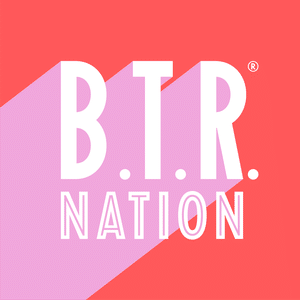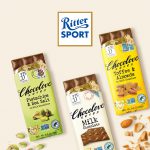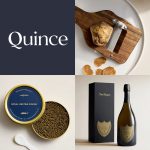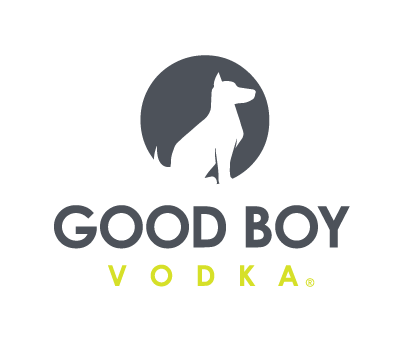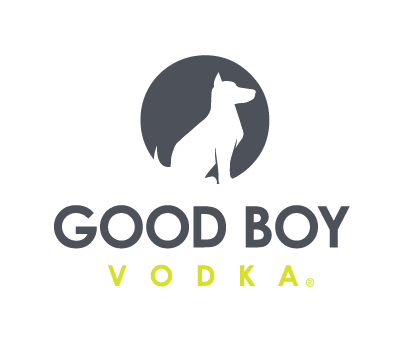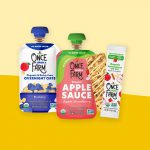Top Trends on Tap in 2024: Snacks, Drugs and Rock ‘n Roll

What’s in store for 2024? Several industry experts provided insights on trends across packaged food and beverage launches, plus advice for entrepreneurs in the year ahead.
As artificial intelligence and other technologies continue to shape shopping and eating occasions, personalization will play a greater role in new product development, predicted Natalie Shmulik, chief strategy and incubation officer for ICNC and The Hatchery Chicago.
“The focus on gut and cognitive health are going to significantly expand, not just with new functional food and beverages, but in ease of use and personalized precision,” Shmulik said. “There will be more connectivity between healthcare, food and beverage, fitness and tech as consumers continue to focus on optimizing health. How and what you eat will be influenced by your wellness routine. Much of this is due to the emergence of new wellness rituals such as specialized vitamin shots, IVs, saunas and cold plunges, and many more.”
Josh Person, owner of Foodboro, a community of food and beverage brands and services, forecasts an acceleration in “clean-ingredient sips and snacks for sustained energy,” featuring adaptogens, antioxidants, vitamins and other beneficial botanicals. Such products are positioned as premium takes on traditional energy bars and beverages.
“We’re seeing a lot of brands bring fresh perspectives to the meaning of ‘food as fuel’ with products that actually give energy rather than take,” Person said, pointing to beverages such as Gorgie, Heywell, Vybes and Emotional Utility Beverage, as well as nutrition bars including Wise Bar and B.T.R. Nation. Caffeinated snacks such as Quantum and Verb also tap into the trend of elevated energy.
Clean and simple
Similarly, Shmulik sees cannabis and other plant medicines shifting towards better-for-you snacking, noting “they will continue to move past highly processed gummies and begin focusing on clean label.”
Simplicity will be a key theme across product categories, said Nate Rosen, founder of Express Checkout, a consumer products newsletter. Consumer demand will teeter towards “less complicated foods and drinks” that deliver comfort or indulgence.
“People want treats that taste good and are less willing to put up with bad product just to say it’s ‘healthy,’” Rosen said. “I think we’ll see more products like the various buns from RoRo’s Baking Company. I think we’ll also see a return to sugar, not necessarily alone but also mixed with other sweeteners to maintain a certain taste and level of sweetness with reduced sugar.”
He also described “a trend towards more ‘snacking’ and ‘smeals,’ which are more nutritious and heavier than typical snacks because they are potentially replacing traditional meals. Think Chubby Snacks or Sunnie.”
Amid the popularity of diabetes and weight loss drugs marketed under names including Ozempic, Wegovy, Mounjaro and others, more brands may abandon fad diet claims or low-calorie callouts in an effort to attract new consumers.
“I think we are moving away from labeling foods as any one trend and leaning more into macro trends,” Person said, offering whole foods, no added sugar and brain health as examples.
“Also, I think the general population is sick of influencer culture,” he added. “Brands may shift focus to working with tastemakers and finding more community-oriented marketing strategies.”
The intersection of food and music
Brands are the new bands, said Amrit Richmond, founder of Indie CPG, explaining “food and beverages are extensions of our identity the way fashion labels and logos used to define us.”
She noted a growing number of famous musicians partnering with food and beverage companies in recent months, including singer-songwriter Ed Sheeran developing a hot sauce with the Kraft Heinz Company, a collaboration between rock group Metallica and frozen desserts maker Enlightened, and rapper Snoop Dogg’s multiple contributions to the food and beverage marketplace over the past year.
“Many of these music partners often invest in the brands or take on creative executive roles to influence new flavors and campaigns,” Richmond said. “In 2024, I hope we see more zero-proof music partnerships and musicians launching flavors and products that are truly aligned with the world they’ve built around them, ideally inspired by a combo of their lyrics, lifestyle and fans. Their most loyal fans can see right through a brand partnership that an artist is part of just for the money.”
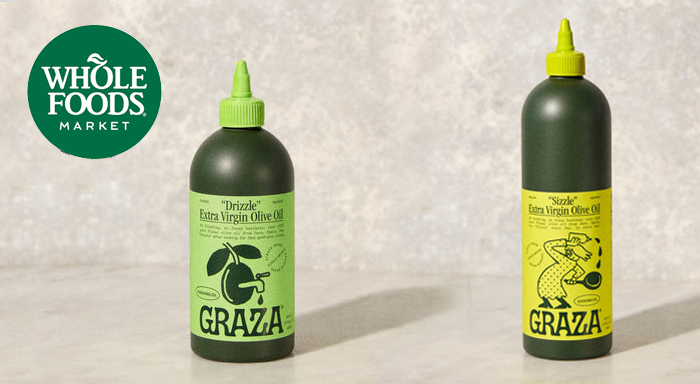
Cultural influences
Richmond also pointed to Mediterranean influence as a trend gaining traction in the new year.
“As of 2023, consumers can now find brands like Graza’s Spanish olive oil and Freestyle Snacks Greek olives on grocery shelves across the country,” Richmond said. “New brands Vigie limoncello and Sauz tomato sauce are both grown in California and inspired by slow living in Italy. Negronis, Aperol spritz, tinned fish, Gilda with a gin tonica, and girl dinner coined by Olivia Maher are all a normal Tuesday afternoon aperitivo.”
Fine-dining institutions including Carbone, Via Carota, Rubirosa Ristorante, Frankies 457 and others have introduced Italian-inspired products for recreating restaurant dishes and drinks without reservations, Richmond said.
“I think we’ll see global flavors continue to rise in popularity across CPG categories,” Rosen said, naming Better Sour, Fly By Jing and Sanzo as leaders in the movement.
Continued interest in culinary experiences may coincide with a shift away from over-the-top innovation, Shmulik said.
“Highly unusual flavor and ingredient combinations will likely start to lose steam this coming year,” she said. “There will always be an interest in novelty items, but now that travel has started to pick up again and consumers continue to crave nostalgia, interest will lean towards high-quality, distinct flavors.”
Navigating the new year
Entrepreneurs should remain cautious and hyper-focused in the year ahead on the heels of an exceedingly turbulent period for early-stage and founder-led brands.
“Triple down on your best performing products” and “ruthlessly cut the rest,” Richmond said. “Cut underperforming flavors and product lines and remove the most precious things about your products that consumers and retailers don’t care about” to reduce costs and increase revenue.
“Similarly, do more research than you’ve done in the past before launching anything,” she said.
Shmulik added, “While speed is exhilarating, it is not always what’s best for an emerging brand. The most successful brands I have seen over the last few years are those who have grown at a pace they can manage. That also means building a profitable business. Entrepreneurs who know every facet of their business and how to leverage revenue for steady growth will be best positioned for success.”
Rosen predicted a slowdown in new drink offerings and “the diversity of beverage options” as the “cost of running a drink business and the cost of capital are becoming more and more expensive.”
The past year saw several brands merging to “create stronger product portfolios together” as well as later-stage brands acquiring smaller companies, Richmond said, pointing to Patagonia Provisions’ purchase of Moonshot Snacks and Wicked Kitchen’s combination with Current Foods, among other examples. She expects to see additional consolidation “either as an innovation or survival strategy” in 2024.
Marketers may also consider expanding product portfolios to meet the needs of multiple generations, Richmond said.
“If your brand historically spoke only to kids, you can expand your appeal by launching new products for older ages, like Little Spoon’s new Lunchables-esque meals and Once Upon a Farm’s oat bars, or the reverse,” she said, referencing Tonnino’s tinned tuna for children, Cocokune Kids’ organic dairy-free yogurt pouches and GoodPop’s miniature soda cans.
“Will your brand age up or down in 2024 with your next generation of customers?” she said.
Additionally, Person recommended identifying “a community/friends within the industry” for support and guidance.
“If you don’t have at least three other folks on speed dial, find them,” he said.


